Refresh your diet and grocery list with easy add-ons that boost your healthy fat intake
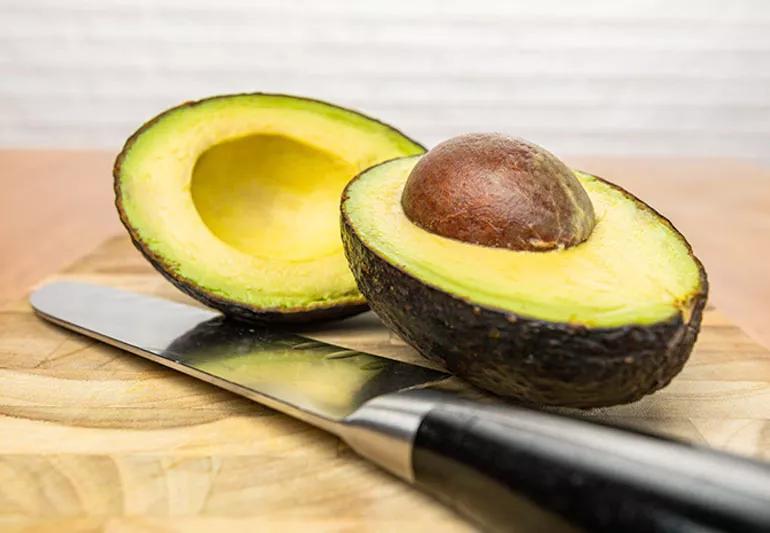
It’s important to make sure certain fats are left out of your diet. But it’s also just as important to make sure some fats get in.
Advertisement
Cleveland Clinic is a non-profit academic medical center. Advertising on our site helps support our mission. We do not endorse non-Cleveland Clinic products or services. Policy
Dietitian Ryanne Lachman, RDN, LD, offers some expert advice on how to navigate the facts about fats, and how to rebalance your diet with them to stay healthy.
“To boost your diet with healthy fats, you’ll first need to know the difference between the good kind of fat and the bad kind. It’s easy once you learn the basics — and with a bit of planning and swapping, you can wrap them into your diet easily every day,” she says. “Here’s what you need to know.”
“Good fats are essential to your diet — and when balanced with other nutrition can make you healthier. They help you absorb vitamins, make you feel full so you don’t overeat, speed up your metabolism, and help regulate your blood sugar. They can also lower your risk for obesity and diabetes, high blood pressure and heart disease,” Lachman says.
“Bad fats, when eaten often or in excess, can make you unhealthy. And the really bad ones can significantly contribute to inflammation and heart disease. Use these tips to get your fat intake on track.”
Think of trans fats as the super-bad guys of fats. They raise LDL (the bad cholesterol, called low-density lipoprotein) in your blood and are major contributors to heart disease. Trans fats are found in fried foods, fast foods or processed snack foods – often made with partially hydrogenated oil, or PHO (likely listed on the packaging). They can also often be found in those tempting items in your local bakery made with large amounts of butter, margarine or shortening.
Advertisement
In fact, the U.S. FDA determined in 2015 that PHOs found in the trans fats of many foods on the market were no longer generally recognized as safe. And in 2018 food manufacturers were required to begin phasing out artificially made PHOs entirely so final distribution of food products containing PHOs would be complete by January of 2020.
“They did this for a very good reason governed by health guidelines,” Lachman says. “So if you still come across packaging that contains partially hydrogenated oil, it’s best to avoid it altogether.”
Saturated fats are naturally found in animal fats, dairy and foods like these:
“While it’s true that the American Heart Association, FDA, and the Institute of Medicine say trans fats raise your risk of getting heart disease more than saturated fats do – you also need to limit your daily intake of saturated fat as well,” Lachman says. “That means significantly reducing daily red meat and excessive dairy foods each day. Limitation and moderation are key.”
Now that you know which fats to avoid, the bigger question is “where are good fats found and how do I get them into my diet?”
Start by shopping for whole or unprocessed plant foods like:
Monounsaturated fats are healthy fats that can help reduce bad cholesterol levels in your blood — which can lower your risk of heart disease and stroke. They provide nutrients to your cells and vitamin E, a beneficial antioxidant.
(Want a pro tip on how to recognize healthy fats oils? Oils that contain monounsaturated fats are typically liquid at room temperature but start to turn solid when chilled.)
Plant-based liquid oils like these are healthy to cook with:
“Polyunsaturated fats are healthy fats that provide the same benefits as monounsaturated fats, but also include omega-3 and omega-6 fatty acids – fats that your body can’t produce itself. So to get them, you must add foods that contain them into your diet,” Lachman says.
Cook with and/or use plant-based liquid oils in your recipes like:
Shop for these seeds and beans, too:
Eat plenty of oily, cold-water fish like:
Advertisement
Add these whole grains to your grocery list (they’ll also help keep you lean):
Breakfast boost — Instead of high-fat cream cheese and a bagel at breakfast, cook a batch of oatmeal and sneak in some flaxseed to give your body a little extra omega-3 bright and early. Replace your high-fat coffee creamer with a little real cream, milk (or non-dairy variety) or see if you can learn to savor your cup of joe black.
Lighten your lunch — Add avocado to sandwiches and salads instead of using condiments or dressings to lower your saturated fat intake. Add skinless chicken to your favorite salads instead of bacon. Skip the high-fat cottage cheese and swap it out for the reduced-fat kind.
A fat-friendly dinner — For dinner, crush up nuts and sprinkle them over a piece of salmon or your favorite oily fish before cooking. Use canola or olive oil instead of butter to sauté it – as well as your favorite vegetables. Skip cream-based sauces and choose vegetable or nut butter sauces instead.
Snack smarter — Eat olives (not the ones stuffed with cheese) for your mid-day or late-night snack instead of potato chips or pretzels. You’ll still get a bite-sized treat, but with high amounts of monounsaturated fat and fewer calories.
Advertisement
Whip up some spreads that are ready for anytime — Grind nuts in a food processor and store to use later as all-natural nut butter on your toast or rice cakes in the morning, or for a healthy snack during the day. You’ll get the bonus of a powerful protein-packed snack, too.
“The benefits of good fats are vast,” Lachman says. “And like all things related to healthy eating, moderation is the key. Enjoy, control your portions, and you’ll begin to see changes in how you’re feeling overall.”
Advertisement
Learn more about our editorial process.
Advertisement

Your body needs some saturated fat, but too much can contribute to health issues

It’s best to avoid regular use of the ‘beef drippings,’ given high levels of saturated fat

These common cooking oils are often found in ultra-processed foods and can contribute to inflammation in your body

This healthy oil is packed with nutrients and great for roasting, drizzling and even baking
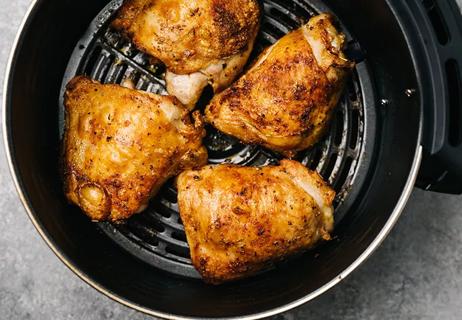
The popular cooking method can help you cut down on fat without losing the flavor and texture of your favorite foods
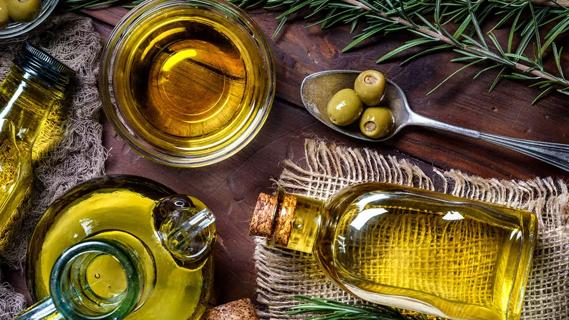
EVOO is full of antioxidants and has anti-inflammatory properties, both of which aid your body in multiple ways
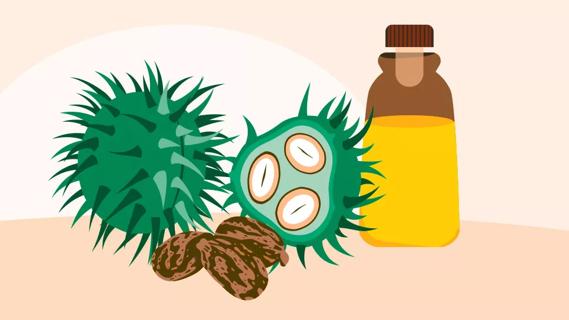
The oil some TikTokkers swear by can actually cause stomach and eye issues, as well as skin rashes
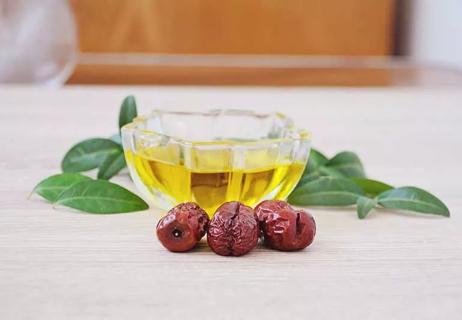
This powerhouse oil fights fine lines and wrinkles, soothes sunburn and a whole lot more

Babies can get congested easily, but you can calm their cough by keeping them hydrated, using nasal drops and running a humidifier

Weight loss may cause loose, sagging skin and muscle loss to your rear

Several conditions, like vitiligo and fungal infection, can cause a loss of pigmentation, leading to white spots or patches on your skin